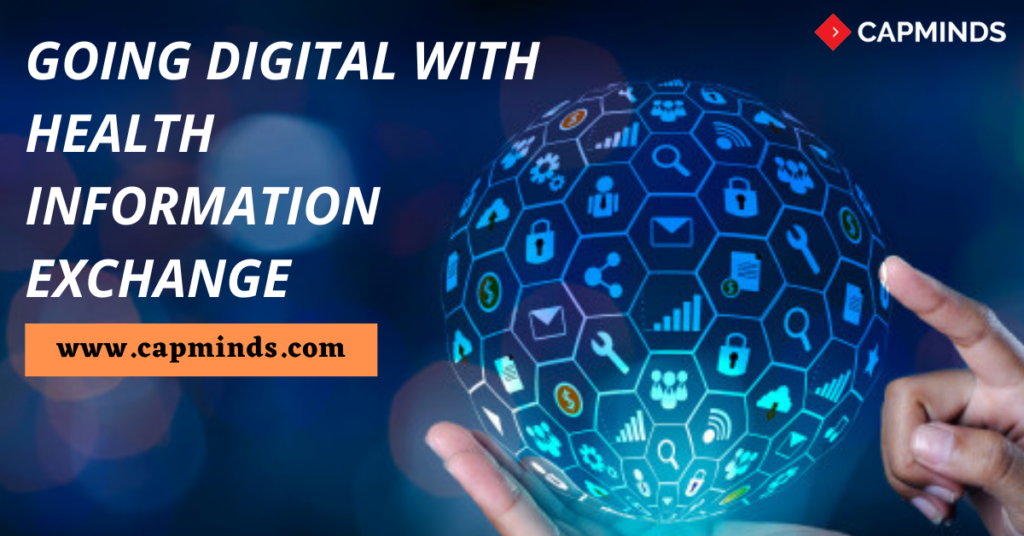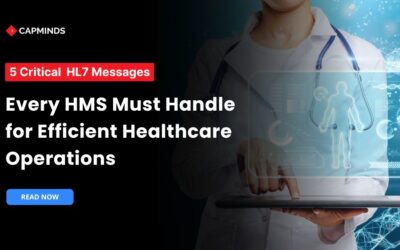Going Digital With Health Information Exchange
The healthcare documentation process is considered to be the main reason for physician burnout. But today, the widespread adoption of EHR systems and other healthcare tools reduces the burden on physicians by automating things with digital tools.
The recent survey showed that the rate of physician burnout has reduced from 46% in 2015 to 42% in 2019. The major reason for this reduction is the adoption of digital technologies for delivering care. But, when coming to health information exchange, the challenges remain out there. So how this can be addressed in the best way? Here comes the adoption of digital tools for information exchange.
Improving Health Outcomes with Meaningful Use
The current predicament owes much to federal regulation and a program intended to improve health outcomes and lower costs — Meaningful Use. However, when the EHR Incentive Programs were conceived, the industry was preoccupied with achieving the triple aim (improve patient experience, lower costs and increase quality outcomes and overlooked another aim essential to making healthcare a positive experience for physicians and patients alike.
Jumping forward to the present, the Merit-based Incentive Payment Systems (MIPS) has replaced Meaningful Use, adding new reporting demands but no infusion of funds to implement technology that helps in the process.
What’s more, federal programs have long promised advancement in interoperability that has yet to come to fruition even though physicians are now tasked with demonstrating their ability to coordinate care on top of their responsibilities around day-to-day care delivery. With reimbursement shrinking and the cost of doing business increasing, independent physicians are caught between a rock and a hard place. But relief is possible in the form of technologies that streamline clinical workflows and enable more seamless data exchange between providers.
The first thing we as an industry must realize is that we need to make these tools and solutions seamless and easy for physicians to use. There’s no reason why the technology has to be complicated and requires small physician offices to have technology experts on hand. If we can provide solutions and tools that bolster the administrative staff’s ability to be effective, that also leads to benefits inpatient care.
READ MORE: THE ESSENTIAL GUIDE TO HEALTH INFORMATION EXCHANGE
Cloud Fax For Digital Health Information Exchange
Even in 2020, faxing remains one of the most widely used methods of exchanging patient records and related documents. Nearly every practice, clinic, hospital, pharmacy, lab, payer, and other entity in the healthcare ecosystem have a fax machine and a dedicated fax number—and everyone is familiar with the technology. That’s why faxing still accounts for 75% of all patient data exchange.
The widespread use of faxing in healthcare should qualify it as a checkmark on a provider’s digital interoperability to-do list. But the goal of interoperability is to make exchanging patient data faster and easier for any healthcare entity. And as anyone learns when they’re forced to use the traditional method—printing out documents, feeding them into a fax machine, dialing a phone number, waiting for all pages to feed through the machine, filling the pages and transmission receipt—paper faxing is one of the slowest and least efficient means of sending and receiving documents.
One of the first things that are burdensome in any physician’s office is the amount of paper faxing they receive via fax machine and data entry that has to happen to digitize that information. Cloud fax is an ideal solution for health information exchange – improving provider-to-provider communication without increasing expense or workloads.
Cloud fax combines the fax’s interoperability with the efficiency of an online solution. With cloud faxing, by contrast, an organization uses a virtual fax number to send or receive patient documents digitally—via a highly secure email interface or website. There is no need for printing, scanning, dialing, waiting, filing, or taking any of the other manual steps required to complete an analog fax transmission
Enabling Continuity Of Care
In addition to cloud faxing as an easy move up in the digital management of documents, direct secure messaging is a growing way for physicians to communicate. Having the ability to accept direct messages will be critical for independent physicians to be alerted when one of their patients is admitted, discharged, or transferred from an acute facility. Finding a technology partner that offers both is important to improve continuity of care.
For independent practices and physicians to take advantage of new, more robust technology tools that enhance care continuity capabilities, they must first recognize the connection between efficient workflows and timely reimbursement. By working with the right technology partner for health information exchange, these physicians are better able to satisfy regulatory demands, participate in current and emerging payment models and increase the quality of care without adding more responsibilities onto providers’ shoulders.
READ MORE: WHY API-LED INTEROPERABILITY SHOULD BE YOUR FIRST FOCUS?
Final Thoughts
Putting an end to ineffective health information exchange processes such as paper-based workflows is very important for healthcare practices to remain updated with the digital world. CapMinds FHIR services cost-effectively facilitate health information exchange to achieve better interoperability, care coordination, and also addressing the future healthcare needs of your practice.

 Author: Pandi Paramasivan
Author: Pandi Paramasivan


